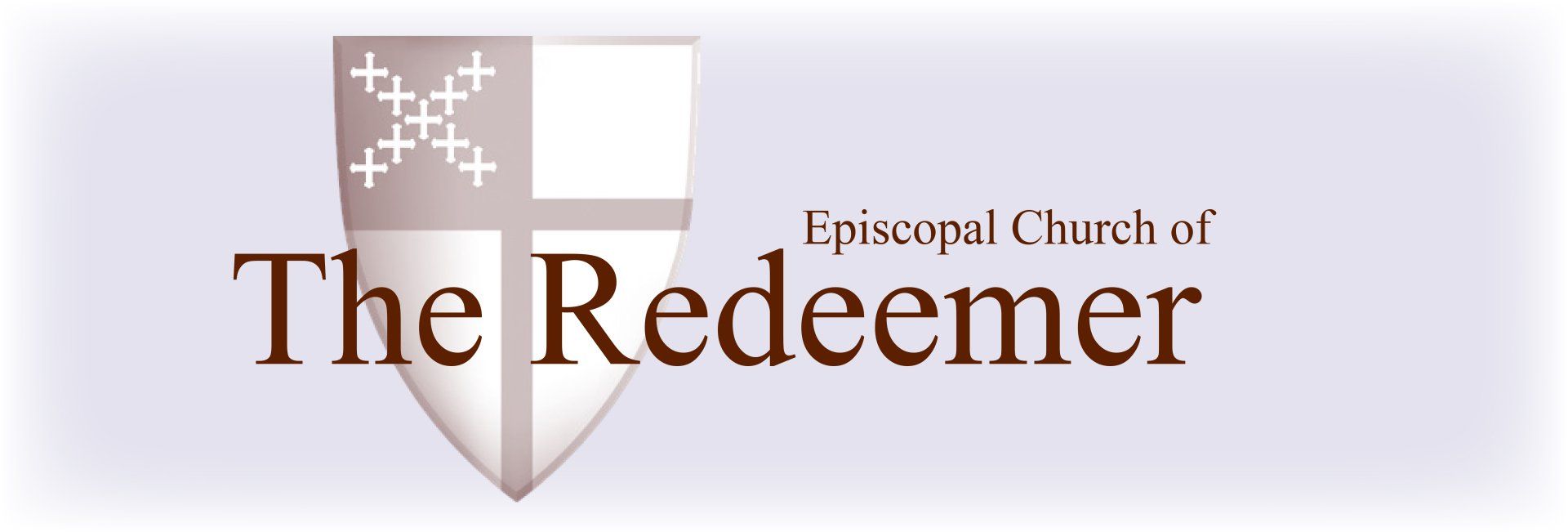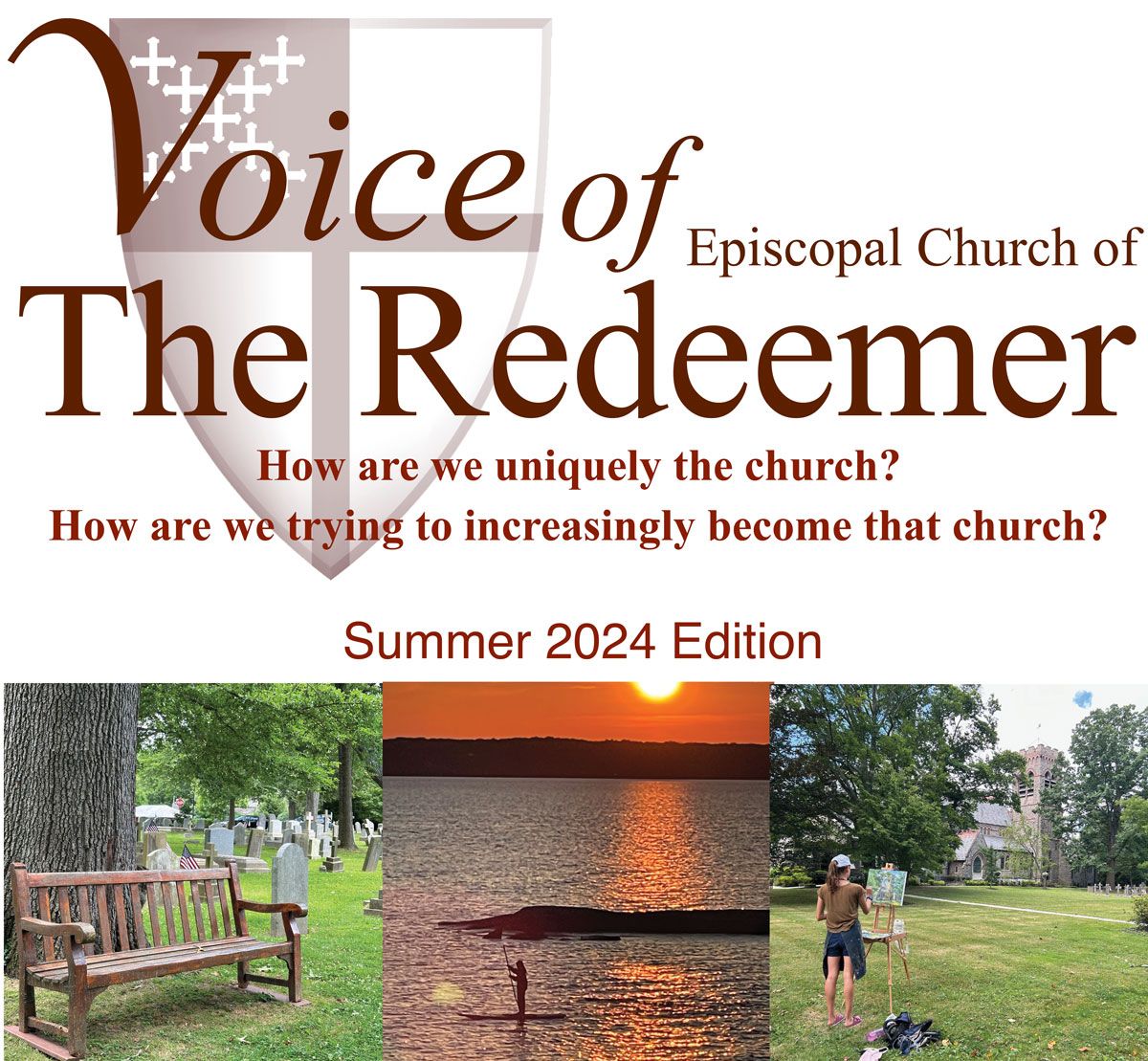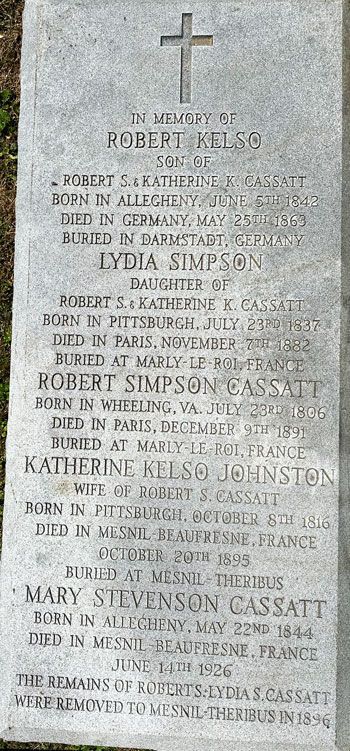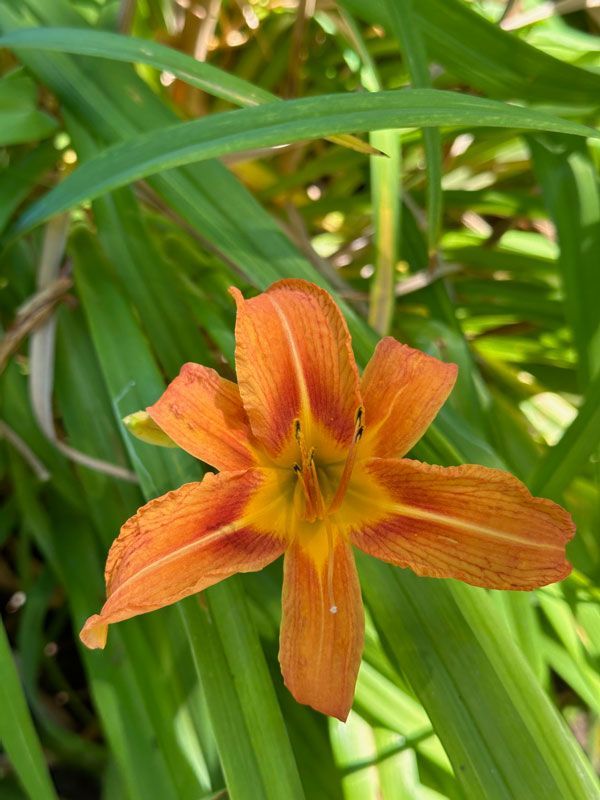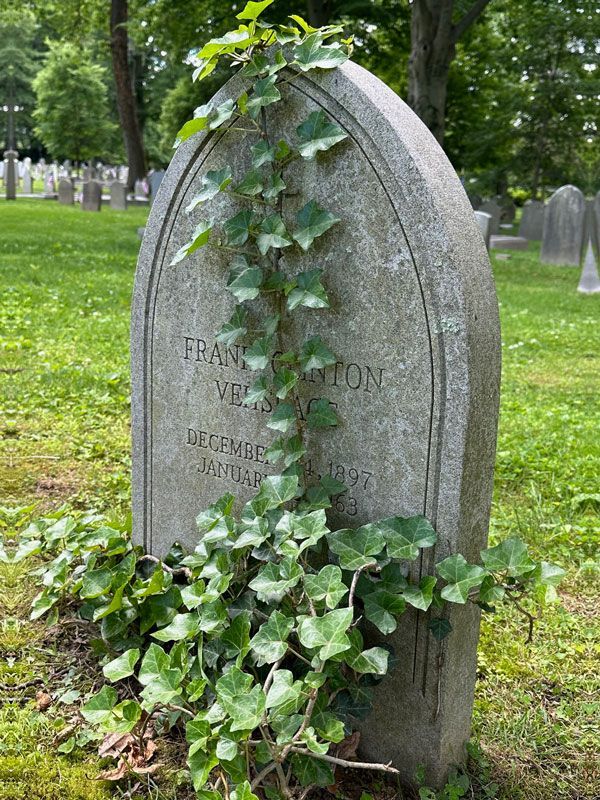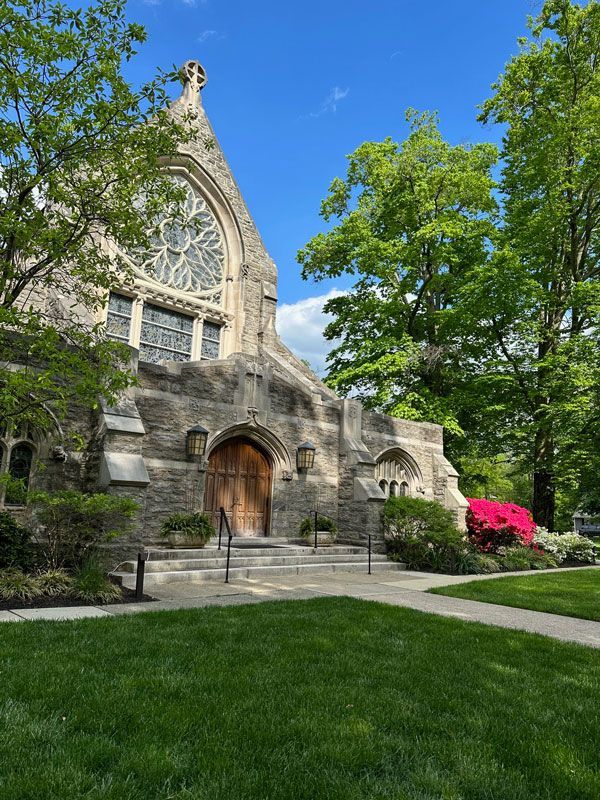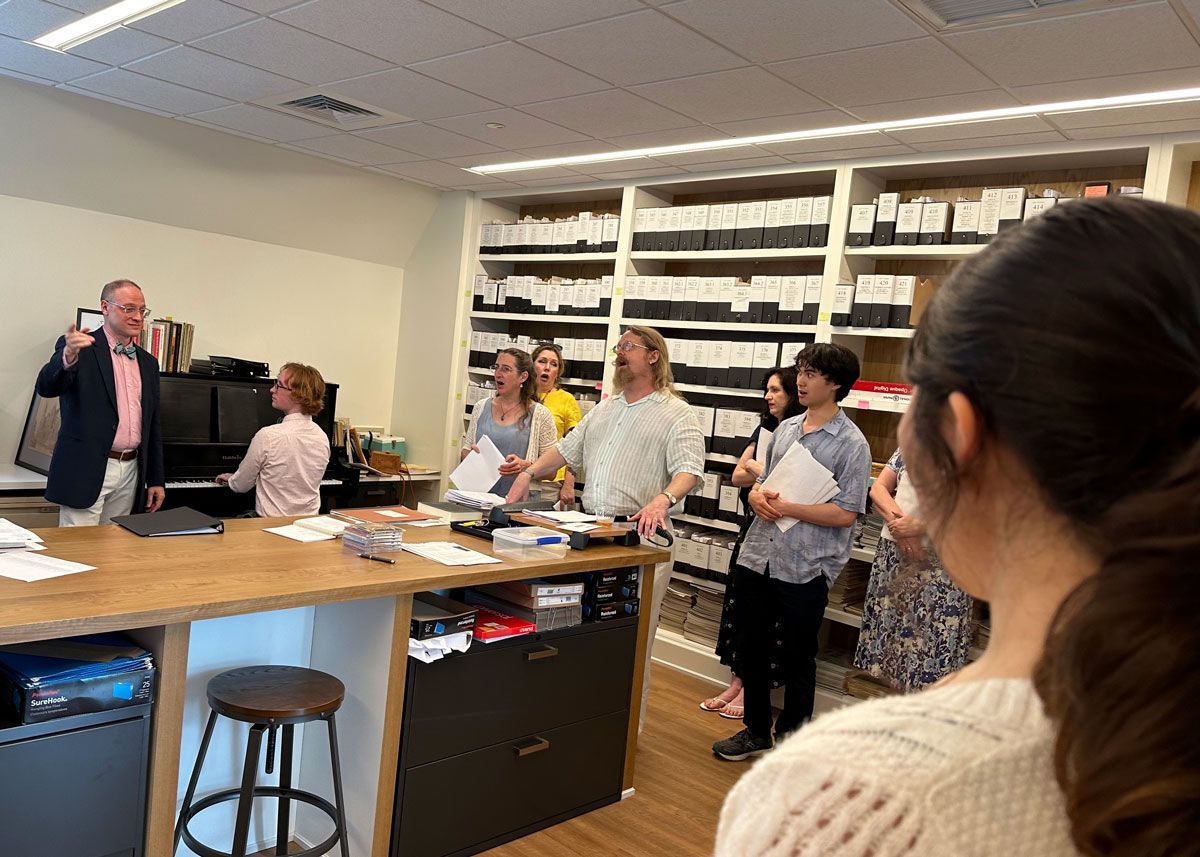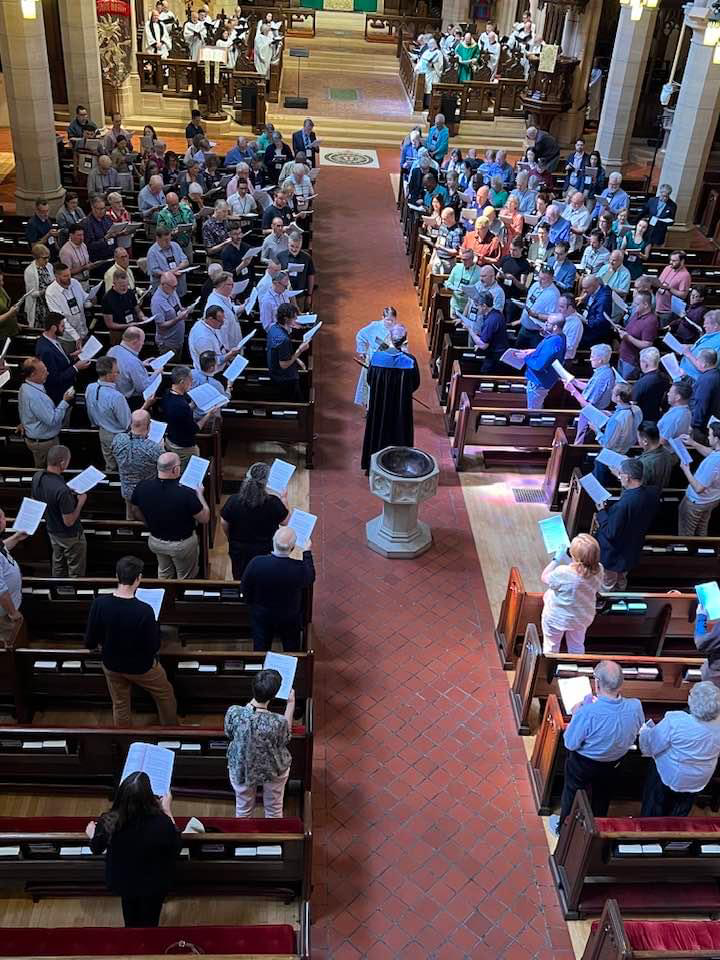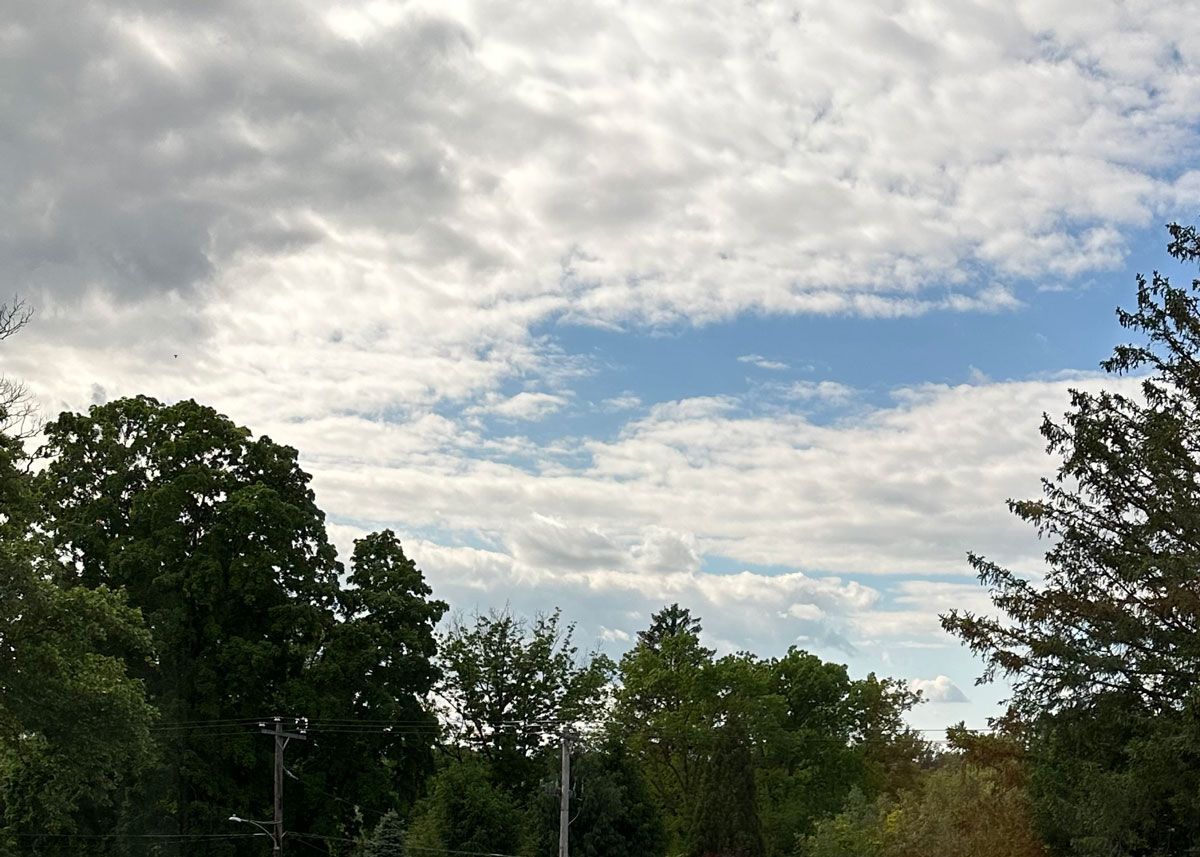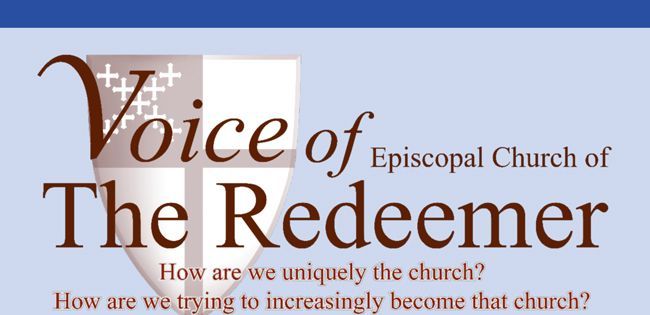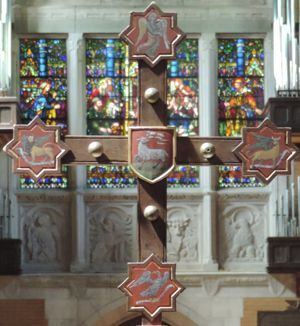I have a friend who has a twin outboard speedboat. It’s beautiful to look at even when it’s safely secured in a boat lift at the dock. It has the appearance of potential, silently sparking thoughts of adventure that, otherwise, might never have come to mind.
I’ve been taken out in the boat (and I’ll admit that, for me, the reality of being on the water didn’t quite match the excitement that I had imagined—such is life). But what struck me most was how much work is involved in arranging a simple excursion. I helped with the preparation; anticipation has a way of transforming mundane tasks into its own form of enjoyment. When we returned to the dock, however, I was invited to relax as my friend spent nearly an hour doing all that was necessary to maintain the boat in good condition—(such, I was told, is the corrosive nature of salt water).
Boats give the impression of being carefree, or, maybe better said, they can provide the experience, for a segment of time, of our being loosed from the usual cares and concerns that occupy us. Being on the water is an escape. It’s a means of claiming some leisure. And yet, that leisure is itself demanding in all that must be done both before and after in order to enjoy it. For many, though, what is gained far exceeds what is required.
Most forms of leisure involve some kind of preparation and discipline. This is what distinguishes leisure from mere laziness. I look forward every summer to attending baseball games, but I can’t say that I have the same excitement about what it takes to get to the ball park and to get home. I’m willing to deal with the difficulties surrounding the game because I appreciate the unique delights that being at the stadium provide. My attitude toward the traffic would be much different if I were commuting to work.
Many people choose to travel when they take leisure time. This doesn’t just happen. Travel needs to be planned. Arrangements need to be made. And the travel itself presents numerous inconveniences—not least of these are the restraints involved in living out of a suitcase. What should be packed? What can fit? How many pairs of shoes do I need to bring? How should items be packed so that they’ll be in a condition to be worn after several days stored away? Just this one aspect of travel demands discernment and decision. And yet, probably for few of us is it the case that when imagining a trip somewhere we think first about the hassle of bustling suitcases.
Social engagements are a form of leisure. Almost invariably I delight in them. And yet, in that lull between finishing the work day and heading out in the evening, I can often hear the cooing voice of laziness: wouldn’t it be nicer just to have a quiet night at home? No jacket is required for this. No parking garage fees. No battling through the noise of others at dinner. No responsibility to maintain conversation. This can be tempting, but not going out can often prove much less rewarding.
It’s summer now; the season when leisure is most pursued. And the reality for the church is that attendance drops significantly. Worship has somehow become associated with obligation, with the work that you have to do (such is life). It’s become a duty. How sad this is, and how wrong. Because Sunday, or the Sabbath, or worship, is meant to be the regular interruption of leisure when, otherwise, we’d be hard at work. Think of this a minute. Sundays used to be defined by blue laws, which were the publicly shared restriction on work. We’ve eliminated them, and, in their absence, Sunday has become one more day when work creeps in and leisure is restricted to activities squeezed in amid other agendas. Worship, however, isn’t an obligation. It’s an incredible freedom. It’s our recognition that at the very heart of life what is given us far exceeds what we make or do or gain for ourselves. We are always, and most fundamentally, receiving gifts from God (such is life). We celebrate this. We take delight in this together. It’s daring and adventurous. Worship is a grand leisure. Why, then, should it be left for the season? It requires far less than boating.
So ask yourself this: how do you approach attending worship? What do you anticipate? Is it like attending a social gathering, or a ball game, or an activity of regeneration? And what are the obstacles that get in the way? Is it the work that leisure requires or the laziness that stops us from enjoying greater things?

